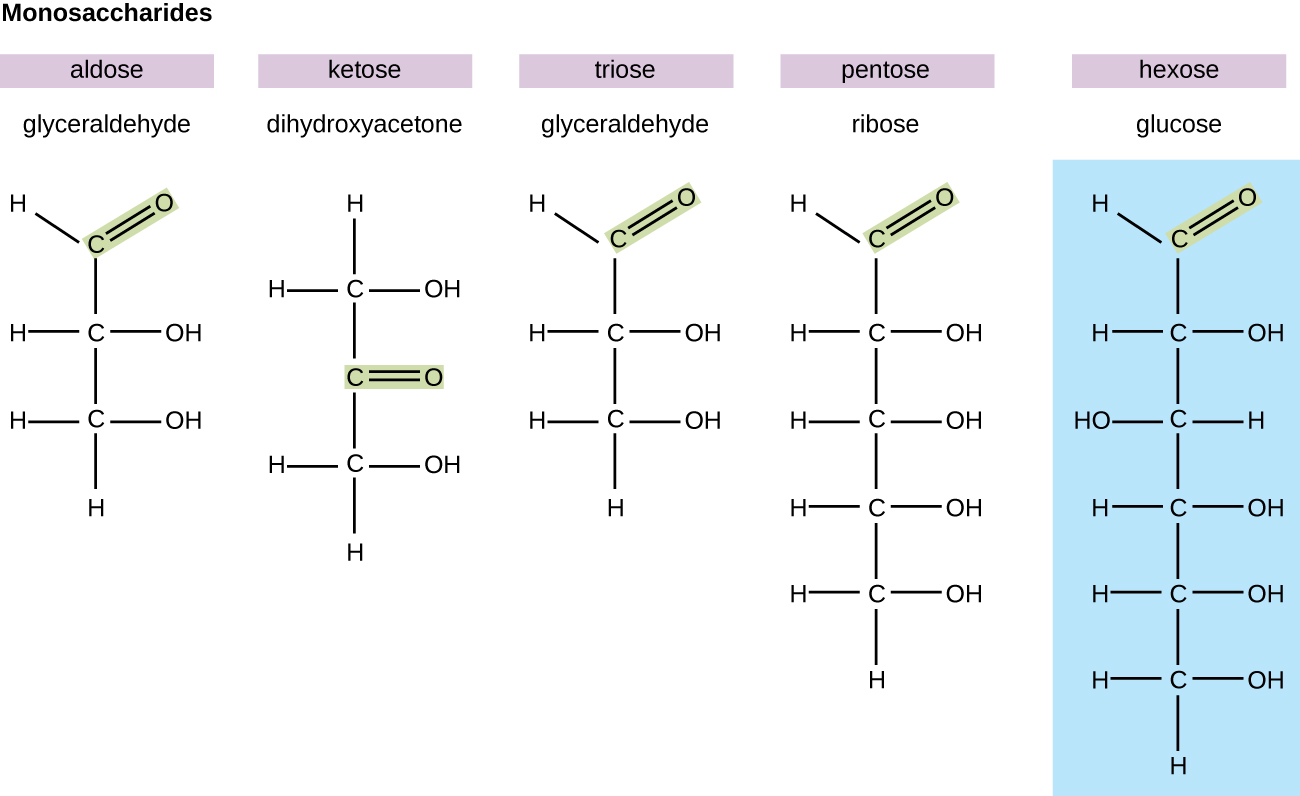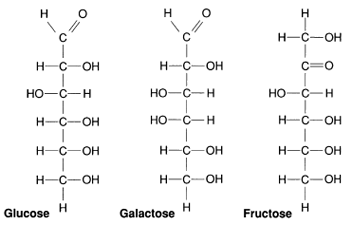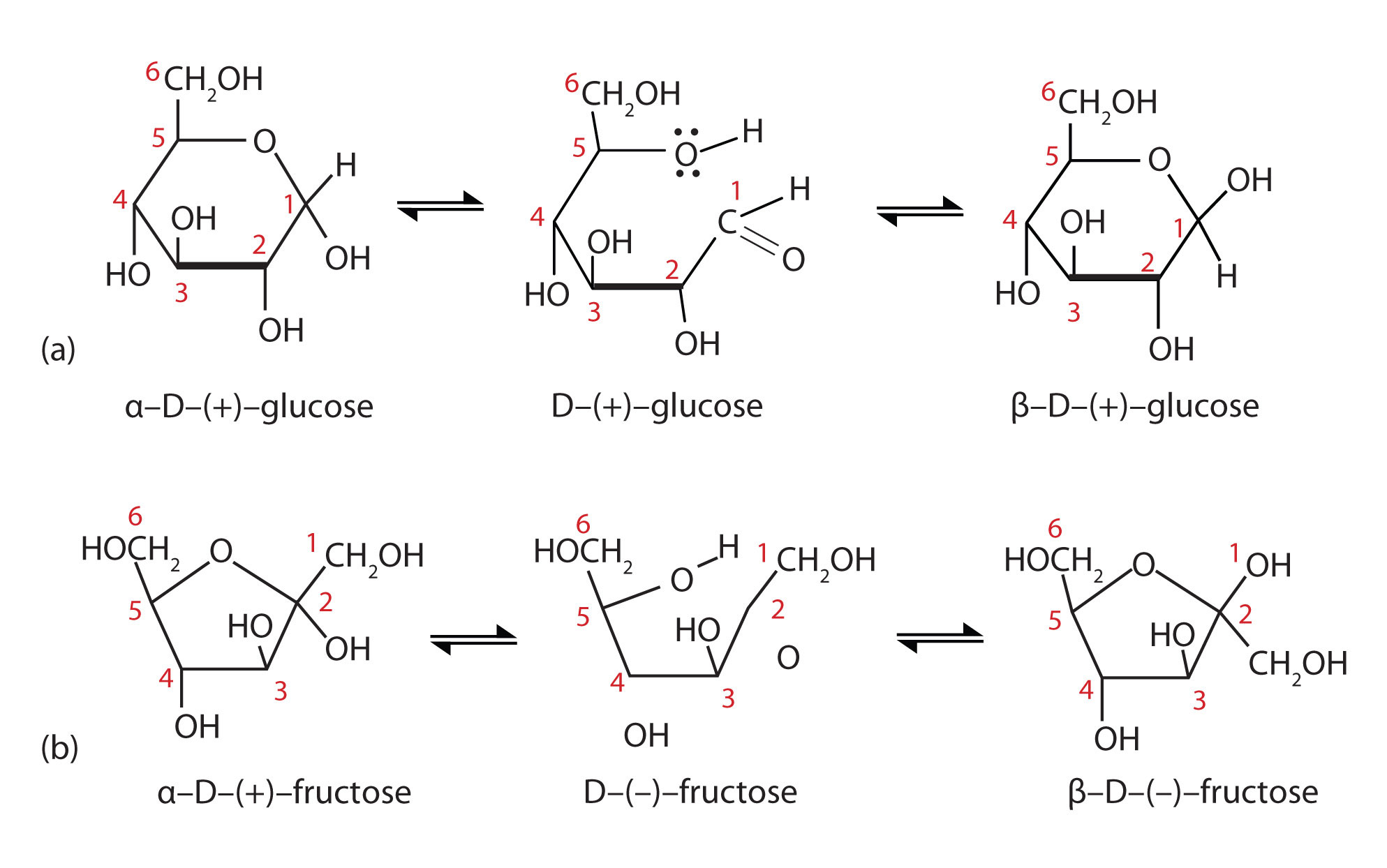what are the three hexose monosaccharides Monosaccharides hexose structures hexoses food three source carbohydrates cyclic figure each which chemwiki found pictured important
Hey there, sugar lovers! Are you curious about the different types of sugars that make up the sweet treats we all love? Well, you’re in luck because today we’re going to dive into the world of monosaccharides, disaccharides, and polysaccharides! Let’s start off with monosaccharides. These are the simplest form of sugars and cannot be further broken down into smaller sugars. They are also known as single sugars and include glucose, fructose, and galactose. These single sugars are the building blocks for more complex sugars and carbohydrates. When two monosaccharides are joined together by a glycosidic bond, they form a disaccharide. You may be familiar with some popular disaccharides such as sucrose (table sugar), lactose (found in milk), and maltose (used in brewing beer). Disaccharides are not as sweet as monosaccharides, but they still provide a quick source of energy. Moving on to polysaccharides, these are complex carbohydrates made up of many monosaccharides joined together. Starch and cellulose are two common examples of polysaccharides. Starch is found in plants and is an important source of energy for our bodies. Cellulose, on the other hand, is a component of plant cell walls and is not digestible by humans. Now, let’s take a closer look at the structures of monosaccharides. In cyclic structures of monosaccharides, the simple sugar molecules link up to form a ring shape. This structure is commonly found in glucose andfructose. The ring structures provide stability to the molecules and prevent them from breaking down too easily. Finally, let’s differentiate between disaccharides and polysaccharides. Disaccharides are made up of two monosaccharides linked together, while polysaccharides are made up of many monosaccharides linked together. Additionally, disaccharides are not as sweet as monosaccharides, while polysaccharides are not sweet at all. In conclusion, the world of sugars and carbohydrates is a fascinating one. From simple monosaccharides to complex polysaccharides, these compounds are essential for providing us with energy and maintaining the structure of our cells. So next time you enjoy a sweet treat, take a moment to appreciate the different types of sugars that make it up!
Cyclic Structures of Monosaccharides
 Monosaccharides can form ring shapes when they link up, providing stability to the molecules.
Monosaccharides can form ring shapes when they link up, providing stability to the molecules.
Difference Between Disaccharide And Polysaccharide
 Disaccharides contain two monosaccharides linked together, while polysaccharides contain many monosaccharides linked together. Disaccharides are not as sweet as monosaccharides, while polysaccharides are not sweet at all.
Disaccharides contain two monosaccharides linked together, while polysaccharides contain many monosaccharides linked together. Disaccharides are not as sweet as monosaccharides, while polysaccharides are not sweet at all.
If you are searching about 14.4: Cyclic Structures of Monosaccharides - Chemwiki you’ve visit to the right place. We have 5 Pictures about 14.4: Cyclic Structures of Monosaccharides - Chemwiki like Difference Between Disaccharide And Polysaccharide - Lopez Frompan, 14.4: Cyclic Structures of Monosaccharides - Chemwiki and also 3 Important hexose monosaccharides flashcards | Quizlet. Here it is:
14.4: Cyclic Structures Of Monosaccharides - Chemwiki
 chemwiki.ucdavis.edumonosaccharides hexose structures hexoses food three source carbohydrates cyclic figure each which chemwiki found pictured important
chemwiki.ucdavis.edumonosaccharides hexose structures hexoses food three source carbohydrates cyclic figure each which chemwiki found pictured important
Carbohydrates: Nature’s Most Abundant Organic Substance | Organic
 biocyclopedia.commost abundant common three figure organic substance carbohydrates hexoses these monosaccharides nature structure
biocyclopedia.commost abundant common three figure organic substance carbohydrates hexoses these monosaccharides nature structure
3 Important Hexose Monosaccharides Flashcards | Quizlet
 quizlet.comhexose fructose monosaccharides quizlet
quizlet.comhexose fructose monosaccharides quizlet
Difference Between Disaccharide And Polysaccharide - Lopez Frompan
 lopezfrompan.blogspot.com16.4: Cyclic Structures Of Monosaccharides - Chemistry LibreTexts
lopezfrompan.blogspot.com16.4: Cyclic Structures Of Monosaccharides - Chemistry LibreTexts
 chem.libretexts.orgmonosaccharides glucose cyclic structures chemistry sugars anomers does organic forms solution equilibrium lactose aqueous general carbohydrates fructose form chain carbon
chem.libretexts.orgmonosaccharides glucose cyclic structures chemistry sugars anomers does organic forms solution equilibrium lactose aqueous general carbohydrates fructose form chain carbon
16.4: cyclic structures of monosaccharides. Monosaccharides glucose cyclic structures chemistry sugars anomers does organic forms solution equilibrium lactose aqueous general carbohydrates fructose form chain carbon. Difference between disaccharide and polysaccharide